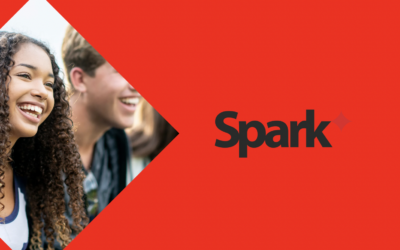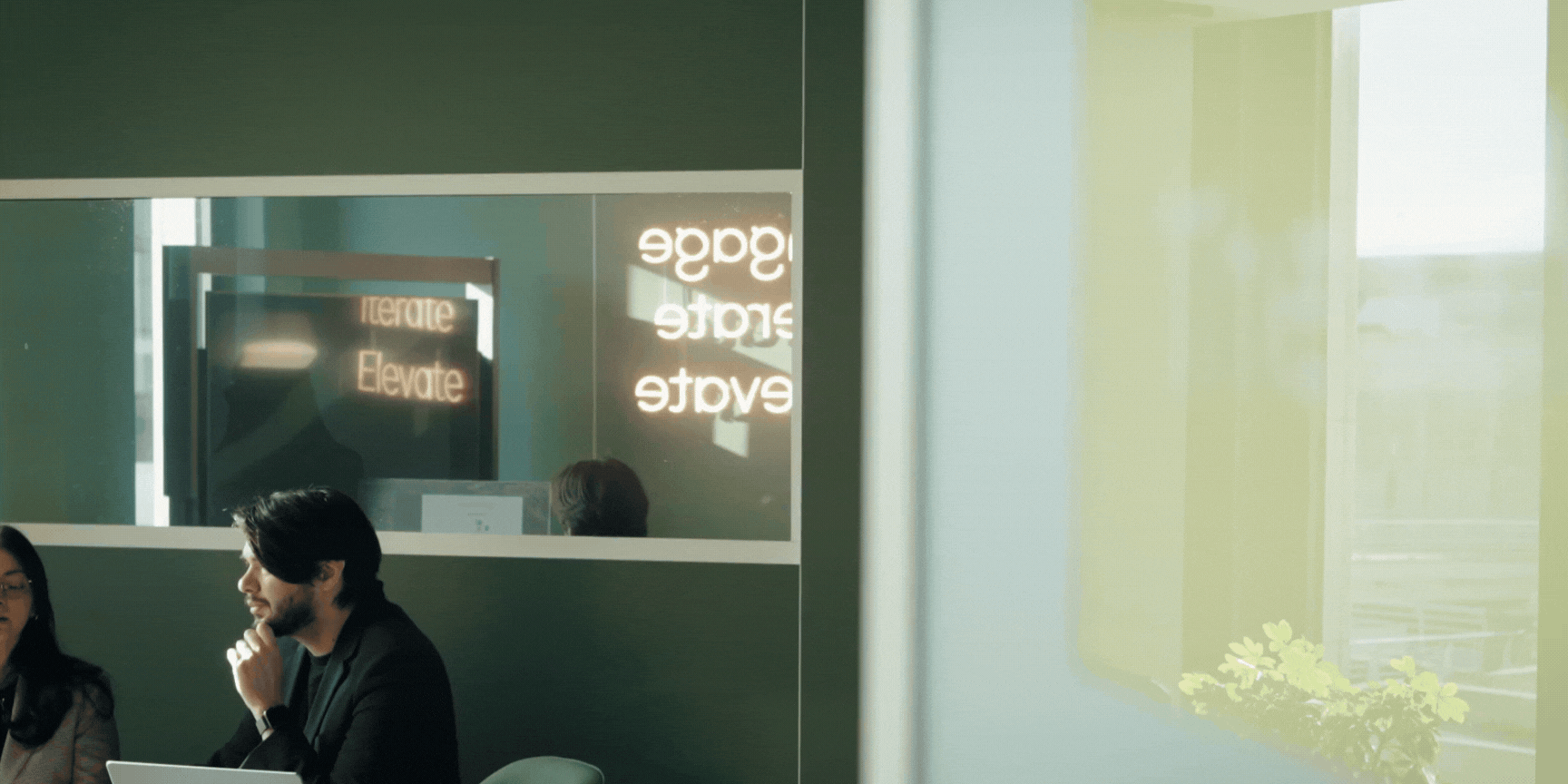Sound design elevates the user experience. With smart products becoming more present, wireless or handsfree devices expanding and voice-controlled UI’s increasing, sound design is growing into an important extension of the user experience. Not considering sound design in order to elevate the user experience could be seen as a missed opportunity. Hopefully, by the end of this article, you will be convinced of the value that sound design brings to the experience of the user.
What is the role of sound in design?
“Using a universal language that is already understood by everyone. It helps to shape the experience of a product, understand interactions better and it gives our devices a voice.”
Hugo Verweij (Sound Design Manager – Apple)
Sound design is a self-explanatory concept and comes up in many different forms across different industries. As such, it is often found in the music industry, film industry, gaming industry, as well as product development, where it contributes to the general user experience.
Before deep diving into the influence of sound on the user experience, let’s take a brief moment to discuss a few important keywords and methods to achieve sound design. Most of the time, sound design will be created using a Digital Audio Workstation (DAW) like Logic Pro X, Pro Tools, FL Studio, etc.
When working inside a DAW, one could opt to record real instruments or work with digital synthesizers, which make use of Digital Signal Processing (DSP) techniques in order to produce musical sounds. Needless to say, there are many more methods to create sounds. However, the purpose of this article is not to give you in depth information about the modus operandi of making sounds, but rather to discuss the impact of sound on the user’s experience.
Sound design is everywhere
As from the early days of mankind, we used sound to communicate with each other. In its core, it is a tool to better understand our surroundings. Examined from a broader point of view, sound can go much deeper than that. It influences emotions. Depending on what type of sound we hear, our reaction might differ. Hence, the notification of an incoming message will impact our emotions in another way than the ringing of the alarm clock, early in the morning.
Today, we are not only using sound to communicate with other people. It is being used to communicate with products and products use it to communicate with us. Nowadays – thanks to notification sounds – you can distinguish the source of an incoming message without having to look at your screen. Is the message coming from Messenger, Whatsapp, Slack, Teams,…? Listen to the type of sound and you will recognize the source. However, it does not have to be a digital product neither. You can even find sound design at the corner of the street when the pedestrian lights turn green for example. Or when your elevator has arrived on the correct floor. When using your microwave oven, you will experience sound design. It is a very powerful tool to draw the attention of the user and give concrete feedback when needed.

Sound as an experience
In the context of brands, sound should be viewed as a powerful tool to their disposal, which can enhance interaction with the user. It is being used to tell a story and therefore could have great significance when it comes to storytelling.
However, one has to watch out for excessive use of sound. To many people, sound in products or applications is associated with words as “annoying” or “unwanted”. Implementing an abundance of sound effects for each individual interaction could deter the user quickly from using your product.
“Experiences are made up of three components: visuals, haptic, and sound. And you don’t always need to use all three. Because you don’t need a sound on every button that’s actually going to drive annoyance for people and it’s actually going to drive people away from using products and apps.”
Connor Moore (Audio Director – Cmoore Sound – Clients Uber / Amazon / Google / Tesla..)
Therefore, sound must be subtle and minimal. As I mentioned before, it is a way to give feedback to the user. When visuality is not available, sound could operate as the extension of communication between the user and the product. By using sound in or at the right places, sound design elevates the experience of the user in a very small but effective way. It should act as the icing on the cake that completes the experience.
For example, from the moment I use my in-ears, a confirmative sound will appear to tell me that I am connected with my device and ready to start playing music. The use of visuality as a feedback mechanism is sidelined by the use of a sound that lasts less than 2 seconds. In addition, the type of sound also gives a pleasant feeling and completes the experience, which contributes to the brands identity.
To choose sounds, companies need to consider a sound style guide, similar to a visual style guide. Skeuomorphism is the technique of designing, using inspiration from real-world situations or objects and is often used to design visual or sound elements. In this video Andrew Stafford and Steve Milton discuss some of the most recognizable sounds in tech and what their underlying meanings are.
Sound to stay
The importance of sound in UX and product design will only increase in the future as more handsfree products and automation increase. Companies like Apple, Facebook and Google have been researching the use of sounds and how sound design elevates the user experience for some years already.

What brings the future for sound design? Nowadays, almost every application implements personalization to individualize the user experience. In a next phase, we might experience the personalization of sound design. This way, the sound of starting your car could be personalized to frequencies you enjoy the most or Siri could talk in a type of voice you trust. At this moment, Waze does offer their users the possibility to change the voice directions by recording your own/friend’s voice. This makes the experience of using Waze totally different as it will be a recognizable voice which guides you on the road.
In my opinion, sound design can be as powerful and persuasive as visual design when used in the right way. It gives us the possibility to enlighten the user experience in products and services, and make the user feel understood and connected to the brand.
Curious to learn more about how we infuse emotion into our creative process? Have a look at how we use Emotional design in our Digital studio and let us know what you think!




